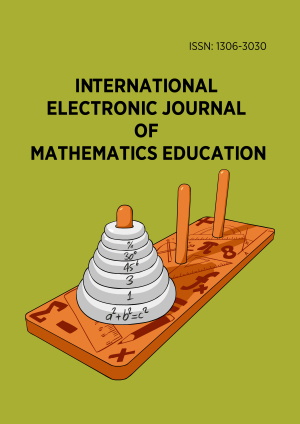Abstract
Probability is a difficult concept, which is not always taught accurately. This study aims to clarify how experimental and theoretical probabilities are taught in Japanese 7th and 8th grades through a textbook analysis. We analyzed seven, government approved Japanese 7th and 8th grade textbooks each. Focusing on the definition and explanation of experimental and theoretical probabilities and the law of large numbers, we identified eight discrete perspectives. Findings revealed that, first, some textbooks aim to teach students to distinguish between experimental and theoretical probabilities, whereas others aim to teach students to be aware of the connection between the two. Second, after explaining theoretical probability, some textbooks asked questions to clarify the scope of theoretical probability, aiming to teach students to distinguish between the two probabilities. Third, in explaining the law of large numbers, textbooks do not adopt the perspective that experimental probability converges on true probability, but that it converges on theoretical probability.
License
This is an open access article distributed under the Creative Commons Attribution License which permits unrestricted use, distribution, and reproduction in any medium, provided the original work is properly cited.
Article Type: Research Article
INT ELECT J MATH ED, Volume 17, Issue 3, August 2022, Article No: em0690
https://doi.org/10.29333/iejme/12061
Publication date: 01 May 2022
Article Views: 3829
Article Downloads: 2092
Open Access Disclosures References How to cite this article
 Full Text (PDF)
Full Text (PDF)